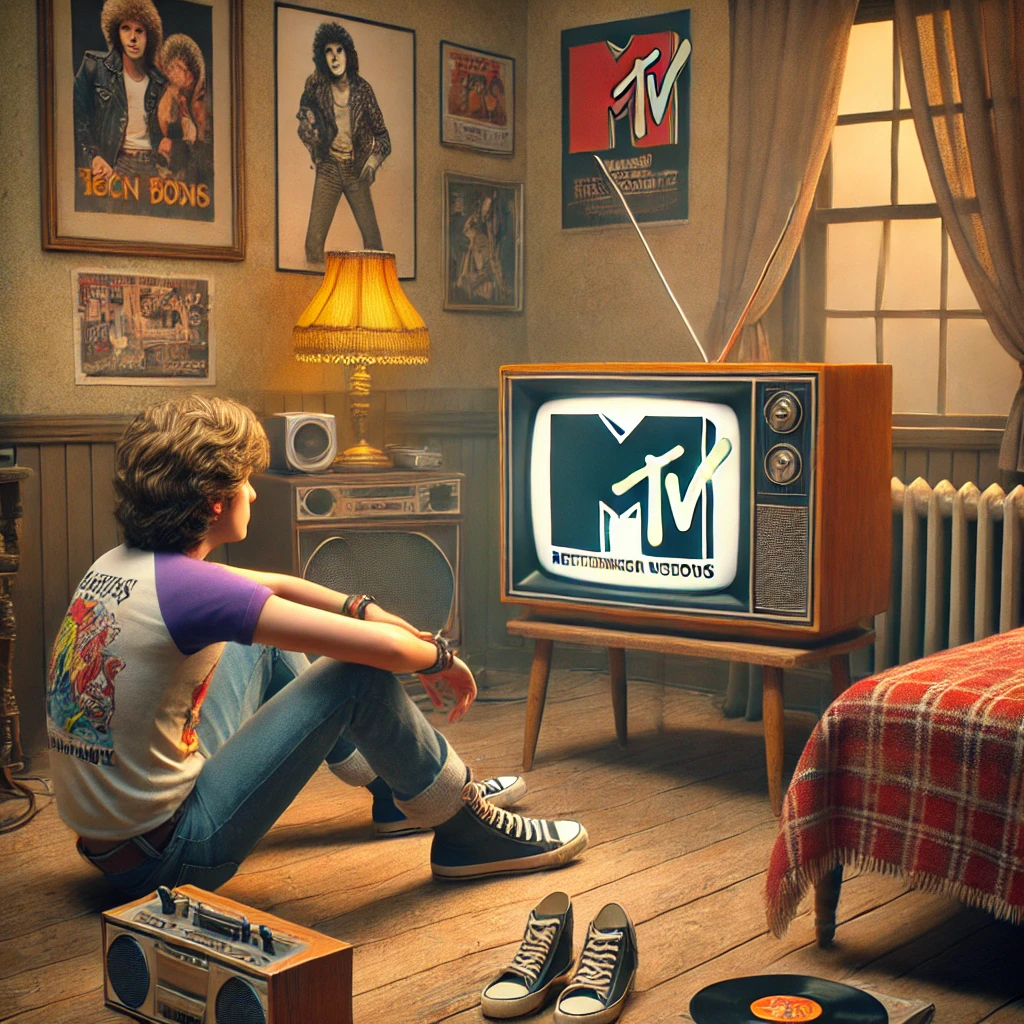MTV, the first 24-hour music television station, launched in the United States with the words “Ladies and gentlemen, rock and roll.” On August 1, 1981, a seismic shift occurred in the music and entertainment industries with the launch of MTV (Music Television). The debut was marked by John Lack’s now-iconic declaration, “Ladies and gentlemen, rock and roll,” followed by the airing of The Buggles’ “Video Killed the Radio Star.” This moment in history heralded the beginning of a new era, one that would forever transform not just music consumption but also youth culture, advertising, and the entertainment landscape.

The Birth of MTV and Its Revolutionary Impact
Before MTV, music was mostly experienced through radio and live performances. Music videos existed but were often relegated to occasional airings on late-night shows or special broadcasts. MTV revolutionized this by creating a platform where music videos were the primary content, available 24 hours a day. This constant stream of visual and auditory content captivated audiences, particularly the younger demographic, and quickly turned MTV into a cultural phenomenon.
How MTV Redefined Music and Visual Media
MTV’s impact on society was multifaceted. Firstly, it redefined the relationship between music and visual media. Artists now had to consider the visual representation of their music, leading to a surge in creative and experimental music videos. This visual emphasis propelled many artists to stardom who might have otherwise remained obscure. Madonna, Michael Jackson, and Duran Duran are prime examples of artists whose careers were significantly boosted by their innovative and memorable music videos on MTV.

MTV’s Influence on Youth Culture
MTV played a crucial role in shaping youth culture. The network didn’t just broadcast music videos; it created a lifestyle. Shows like “Yo! MTV Raps” and “Headbangers Ball” catered to specific musical tastes and subcultures, while programs like “MTV News” provided a platform for discussing issues relevant to young people. MTV became a trendsetter in fashion, language, and attitudes, influencing everything from the clothes people wore to the way they spoke.
Revolutionizing Advertising Through MTV
The network also revolutionized advertising. Recognizing the captive audience MTV had garnered, advertisers quickly adapted to the channel’s unique format and youthful energy. This led to a new style of advertising that was more dynamic, visually engaging, and tailored to a younger audience. Brands started to associate themselves with the cool, edgy vibe of MTV, further cementing the channel’s influence on pop culture.
Controversies and Criticisms
However, MTV was not without its controversies. Critics argued that the network promoted a superficial, image-driven music industry and that its programming choices lacked diversity. In its early years, MTV was also criticized for its lack of representation of black artists, a gap that began to close with the popularity of Michael Jackson’s “Thriller” and the introduction of shows like “Yo! MTV Raps.”

The Enduring Legacy of MTV
Despite these criticisms, there is no denying MTV’s transformative impact. It not only changed how music was marketed and consumed but also how cultural trends were disseminated. MTV provided a global stage for artists, gave voice to youth culture, and set the standard for music television networks that followed.
In retrospect, the launch of MTV on August 1, 1981, marked the dawn of a new media age. It bridged the gap between audio and visual, music and television, and artist and audience. With its bold introduction of “Ladies and gentlemen, rock and roll,” MTV didn’t just broadcast music videos; it ignited a cultural revolution that continues to resonate to this day.
